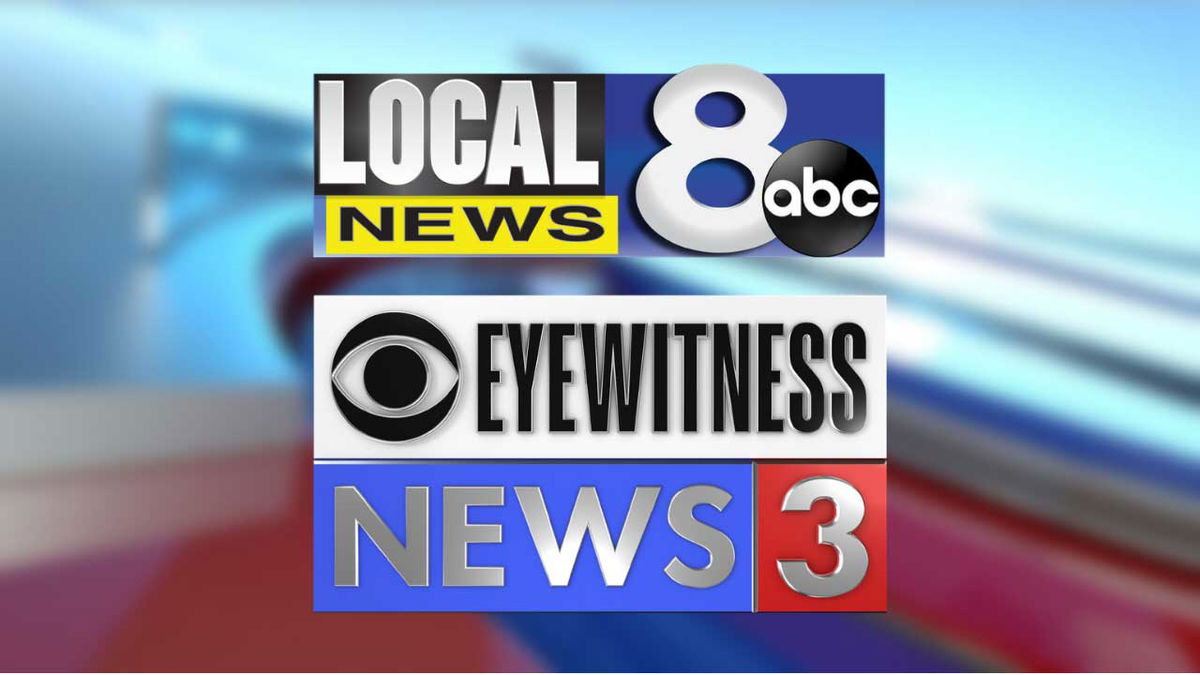Idaho gears up for wildfire season with bolstered crews

By KEITH RIDLER
Associated Press
BOISE, Idaho (AP) — Cooler and wetter weather this spring has alleviated drought concerns in much of Idaho but spurred grass growth that could cause large rangeland wildfires in the southern part of the state as plants dry out this summer, wildfire forecasters told the Idaho Land Board on Tuesday.
Officials also told the board, which includes Republican Gov. Brad Little and four other statewide elected office holders, that the state is well-staffed with wildland firefighters following legislation approved earlier this year to increase firefighter starting pay to $15 an hour and also provide hazard pay up to 25% above their hourly wage.
“First it’s too dry, then it’s too wet and you’re going to have fuel,” Little said after the meeting. He said he felt the state is prepared for wildfire season but can never be 100% ready.
The Land Board directs the Idaho Department of Lands that is responsible for handling fire protection on 9,800 square miles (25,000 square kilometers) of state, federal and private land. The department had one of its worst wildfire seasons in 2021 with some 225 square miles (580 square kilometers) burned, six times the 20-year average and costing the state $75 million.
Jim Wallmann, a meteorologist at the National Interagency Fire Center in Boise, said above-normal precipitation the last three months has helped take areas of Idaho out of drought and abnormally dry conditions.
“This year we’re looking a lot better because of the cooler and wetter spring that we’ve had,” he told the board. “Drought has been removed from all of northern Idaho. We still have some drought in the southern portions of the state with the worst conditions along the Nevada and Utah borders.”
He said there’s a greater chance for rangeland grass fires in southeastern Idaho in August and September, and southwestern Idaho in August.
“We do have a lot of grass out in the southern portion of the state,” he said.
For northern Idaho, he said, “we’re not expecting any drought to develop this summer. It looks like a typical summer, maybe a little bit above normal for temperatures.”
Josh Harvey, fire management bureau chief for the Lands Department, said the agency has 170 wildland firefighters this year, up from 140 in past years.
He also said the state for the first time has a full 20-person firefighting crew that can travel anywhere in the state to fight wildfires.
Harvey also said the agency this year will use four drones with infrared cameras that can detect hotspots where wildfires could reemerge.
Federal, state and local wildland firefighting agencies often compete for wildland firefighters, and Idaho appears to have held its own this year following the move by lawmakers to bump up starting pay and hazard pay.
“There is still some ongoing discussions regarding resource availability,” Harvey said. “But the outlook for this year is much better than it has been in years past. I think we’ve had significant success over some of our neighboring agencies in hiring.”
Idaho is now in its 10th year of having Rangeland Fire Protection Associations that are nonprofit organizations established to prevent and suppress range fires. The associations are often comprised of ranchers trained in wildland firefighting and who are often the first to respond because they live in the area. The groups have about 350 trained members this year, state officials said.
